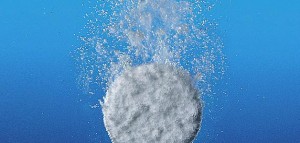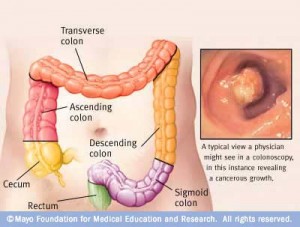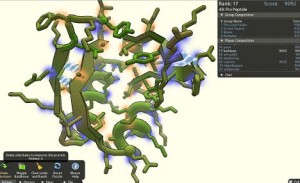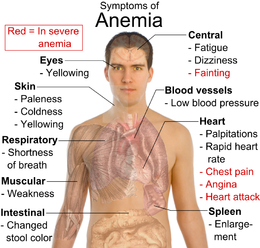The idea of invisibility has been around in mythology and fiction for thousands of years but the Harry Potter books and

movies brought the idea of an Invisibility Cloak into the public eye. Everyone has thought at some point about what possibilities being able to make themselves invisible would present. But invisibility is only the stuff of fiction.. right?
Well, right now researchers haven’t quite got to the level of Harry’s cloak but they’re certainly getting there. There are many different approaches that are being taken towards this technology and I’m going to give an insight into a few of them.
The first and currently most effective technology is called optical camouflage technology. This involves a camera filming what is behind an object and this image is then projected onto the front of the object, in effect allowing you to see ‘through’ the object. This is similar to blue screen technology used in Hollywood but in this instance what you are wearing acts as the blue screen rather than you standing in front of one. It is just like the technology seen on James Bond’s Aston Martin in the movie Die Another Day.

Researchers at the University of Tokyo are leading this field and have created an ‘Invisibility Coat’ that resembles a rain jacket but is made out of retro-reflective material (that reflects and refracts the light back at the source) . It is made from 50 micron beads that are lined up and tightly packed together. Because the beads are so small, you can still project an image onto it regardless of how it is wrinkled. There are many potential uses for the technology such as using it in car interiors to eliminate blind spots and be able to see right ‘through’ to the surroundings.
News Article on the Invisibility Coat
One Step Beyond: New Camouflage Technology Video
Adaptiv technology, created by BAE systems is designed to conceal military vehicles. It allows the vehicles to mimic the temperature outline of it’s surroundings. This can make the vehicle invisible to both night vision systems that see infrared light and heat seeking systems which is clearly a major advantage on a battlefield. The technology works by projecting temperatures onto the special outer layer of the tank. A database of recognizable outlines has been created and a tank can be made to look like anything from a cow to a truck when seen through an infrared camera. Researchers are now working on making this technology work in other wavelengths, especially visible light, so as to create ‘true’ invisibility. BAE estimate that the Adaptiv technology could go into production within 2 years. Further reading and video can be found here.
Finally, the technology that is most likely to be able to create the effect of Harry’s invisibility cloak are ‘meta-materials’ with negative refractive indexes that are being worked on by many researchers. Meta-materials have the ability to manipulate light and can in effect bend light around them. Last November Scientists managed to create flexible meta-materials that bent visible light for the first time. Currently they can only be made on a small scale but this was a huge step forward. Interestingly these meta-materials may also be used to create lenses that “can zoom to the micron level, making it possible to spot germs, chemical agents and even DNA, using basically a pair of binoculars.”
Further reading: BBC article on this finding, Wired.com article
References:
http://science.howstuffworks.com/invisibility-cloak.htm#mkcpgn=fb6
http://www.wired.com/dangerroom/2011/09/invisibility-cloak-tanks-cows/
http://en.wikipedia.org/wiki/Metamaterial
Other references as links in the article above.











